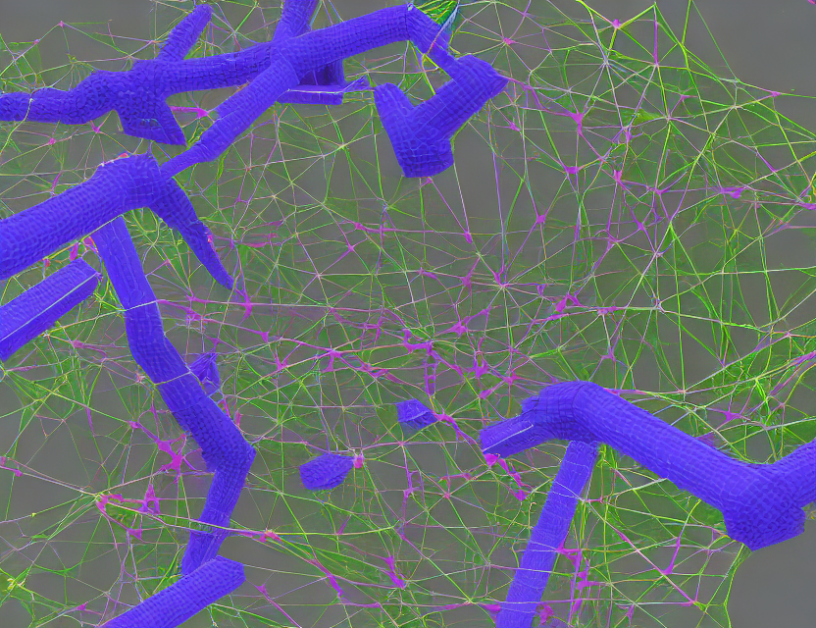Relation extraction is a task that helps computers understand relationships between entities, such as people, places, and things. In recent years, there has been growing interest in using multiple modes of data, like text, images, and audio, to improve the accuracy of relation extraction. This approach is called multimodal relation extraction (MRE).
The article surveys various techniques used for MRE, including those that use only one mode of data, those that combine multiple modes, and those that generate new data using machine learning algorithms. It also discusses the challenges of collecting and aligning multimodal data, as well as the potential benefits of MRE, such as reduced ambiguity and enhanced representation learning.
The article highlights several popular datasets used for MRE research, including MNRE-2, which contains 15,485 relation samples in only 23 relation types, and WebNLG, which has over 6 million data instances in more than 100 relation classes.
To better understand the complex concepts involved in MRE, let’s compare it to cooking a meal. Relation extraction is like identifying the ingredients needed for a dish, while multimodal relation extraction adds more ingredients to the mix, such as different types of vegetables or spices, to create a richer flavor and texture. Just as adding more ingredients can improve the taste and variety of a meal, using multiple modes of data can enhance the accuracy and robustness of relation extraction.
However, just as it’s challenging to coordinate different ingredients in a recipe, aligning multimodal data can be difficult, especially when the modes contain conflicting information. This is like trying to combine different types of vegetables that have different textures and tastes, making it hard to create a harmonious dish.
Despite these challenges, MRE offers many advantages over traditional text-only relation extraction, such as improved representation learning and reduced ambiguity. It’s like having multiple cookbooks with different recipes, each one offering a unique perspective on how to prepare the same meal. By combining these perspectives, you can create a more balanced and delicious meal.
In summary, MRE is a powerful approach that combines multiple modes of data to improve the accuracy and robustness of relation extraction. While it poses challenges related to data alignment and interpretation, the potential benefits make it an exciting area of research with many applications in real-world scenarios.
Artificial Intelligence, Computer Science
Training Deep Nets with Synthetic Data: A Study on Multimodal Relation Extraction



